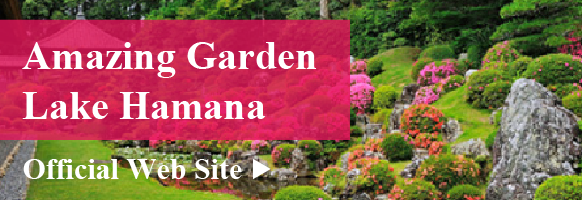Get to Know Hamamatsu
Hamamatsu is famous for its production of motorcycles and musical instruments, as well as its delicious eels. But that's not all! Learn more about seasonal events, popular locations, and hidden gems! We'll introduce the best of Hamamatsu.

“Only 3km to the Moon?” A Mini Trip to Tsuki, the Romantic Place Name in Tenryu
Have you ever seen a road sign that says “Moon 3km”? You’ll find it in Tenryu Ward, Hamamatsu. But what exactly awaits in this mysterious place called “Tsuki”?…
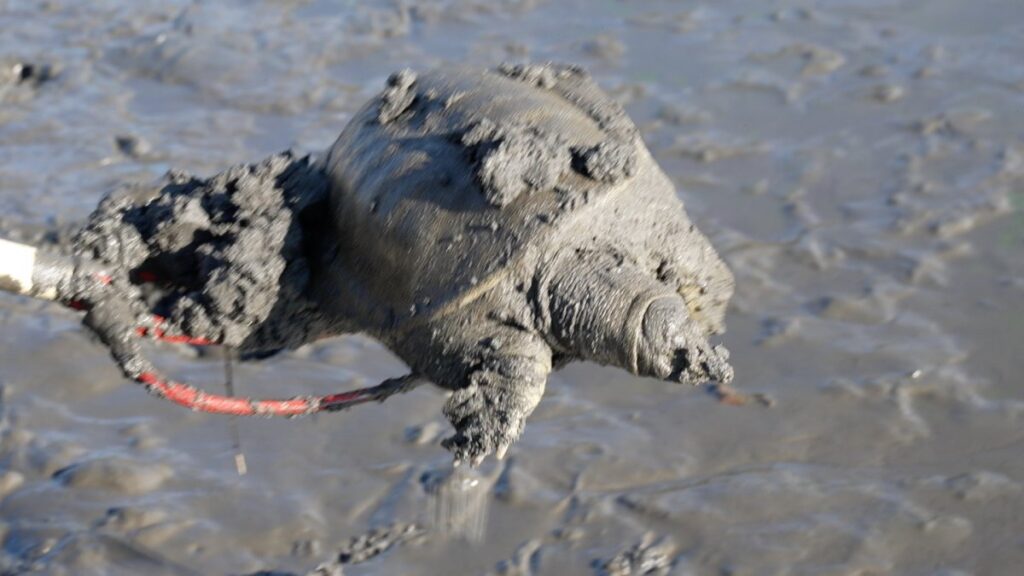
Hamamatsu Power Foods: Tracing the Ingredients That Fueled Tokugawa Ieyasu’s Rise
When it comes to Hamamatsu, most people think of eel—but did you know the region is also known for softshell turtle, with a long and storied history?…
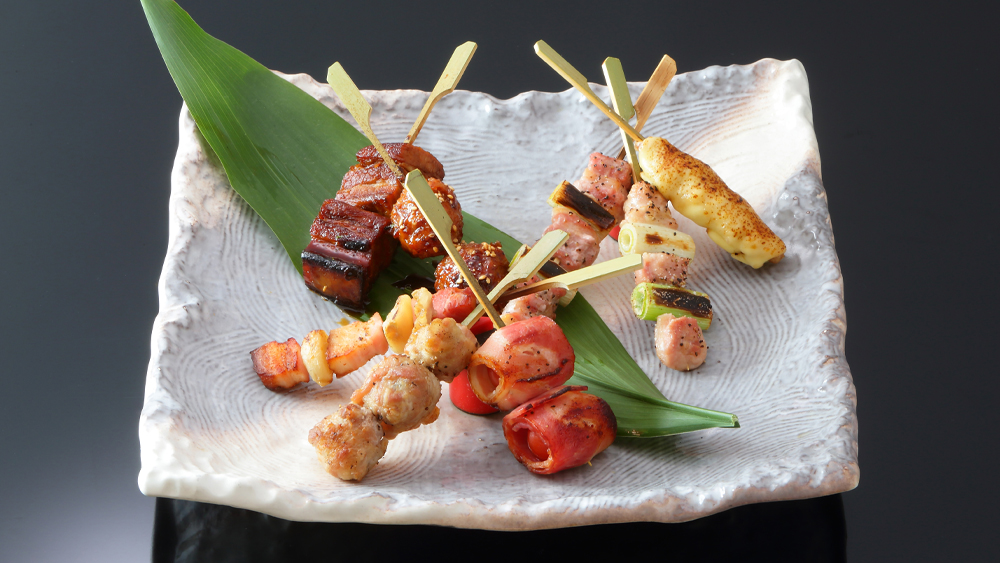
“We Just Want You to Eat Something Delicious” — Bonzaru, a Local Favorite for Hamamatsu Power Foods
“Hamamatsu Power Foods” are seasonal ingredients from the Hamamatsu and Lake Hamana area. We visited Bonzaru, known for nourishing dishes like softshell turtle, pufferfish, and eel…
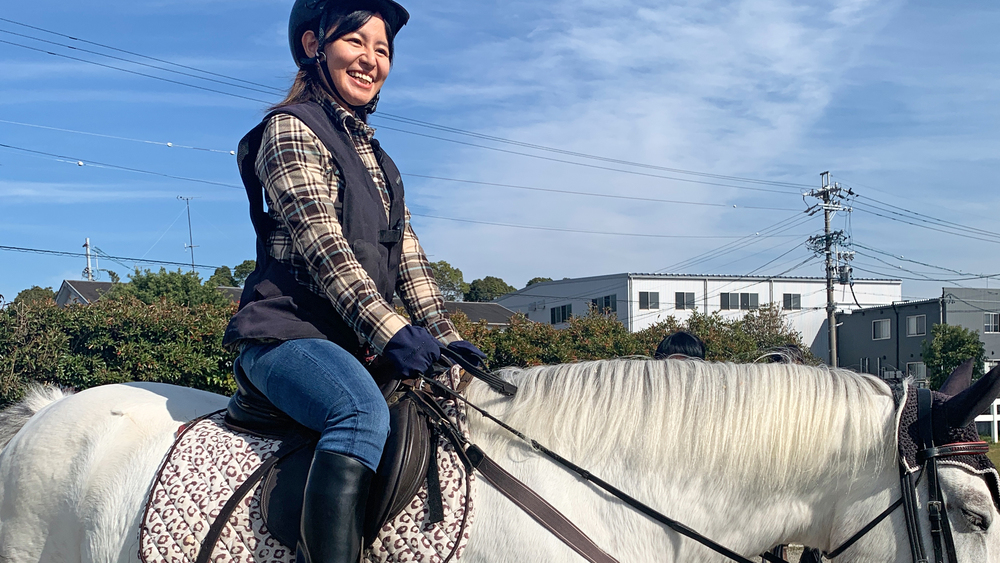
A Refreshing Reset—On Horseback!? We Visited HAS Hamamatsu Riding Club
Thinking of starting a new hobby? Curious about finding inspiration or inner balance on horseback? Then this is for you…
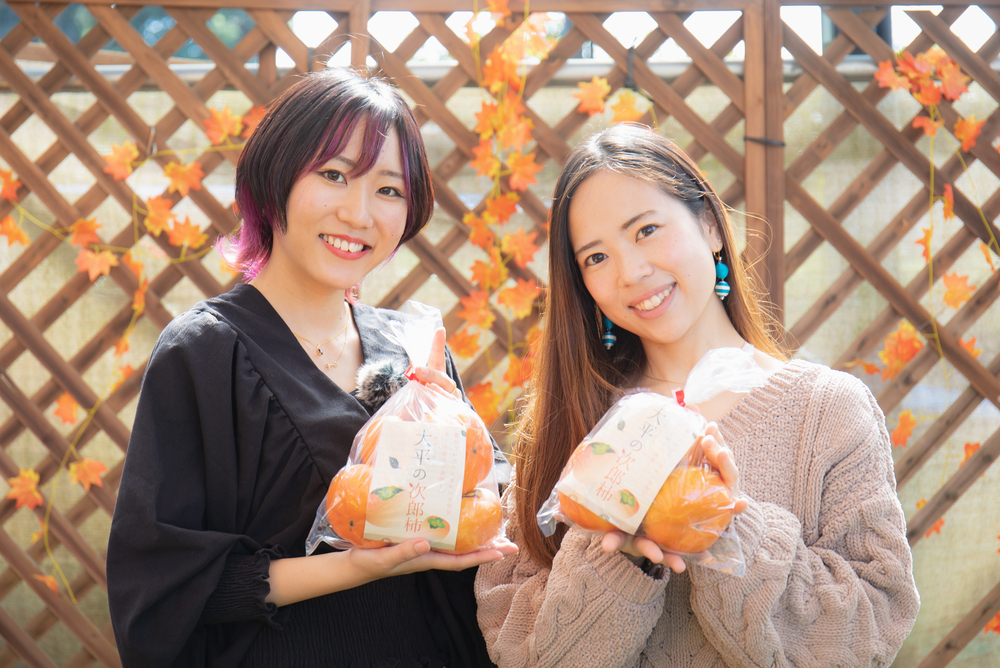
Sweet and Juicy! Enjoy Persimmon Picking in Oidaira, Hamamatsu
Hamamatsu has long hours of sunshine—perfect for growing delicious persimmons. We visited Oidaira to try persimmon picking for the very first time!…

From Hamamatsu: PETIT, the Local Artisan Team Creating Handmade Pet Goods
Named after the French word for “small/cute,” PETIT is a new Hamamatsu-based company crafting pet products using locally sourced materials from the region and across Shizuoka…
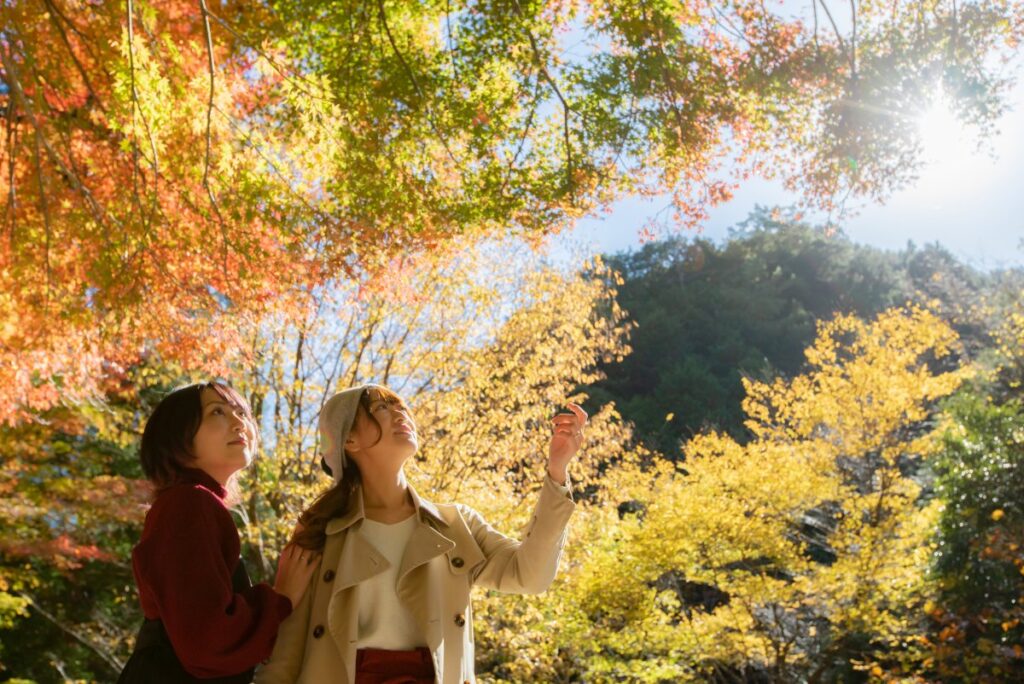
A Beautiful Autumn View: Fall Foliage at Shirakura Gorge in Hamamatsu
Wanting to capture some beautiful autumn colors, we headed to Tatsuyama in Tenryu Ward, Hamamatsu—and were rewarded with a stunning display of fall foliage…
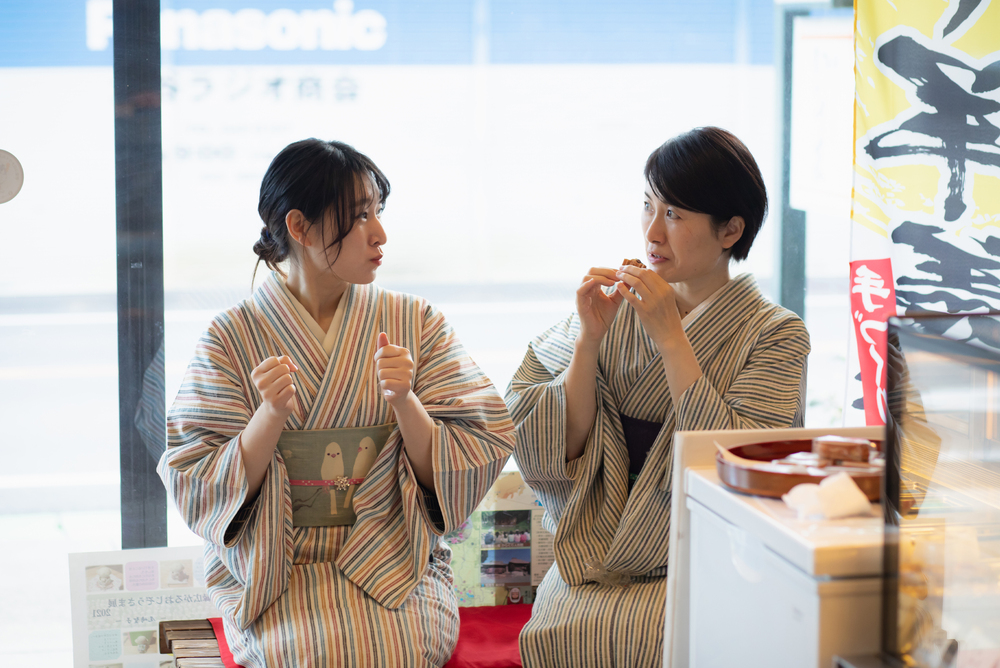
Sweets Tour Around Oku-Hamanako—A Tasty Day Trip!
The Oku-Hamanako area is about an hour’s drive from central Hamamatsu. Surrounded by mountains, it’s a green and quiet place worth visiting…
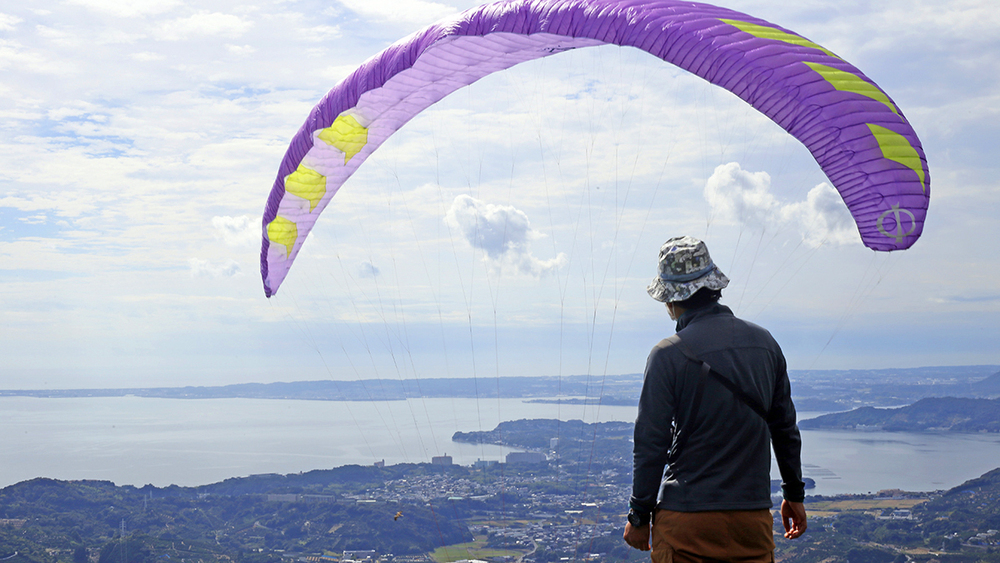
Stunning Views of Hamamatsu and Lake Hamana—Recommended Spots by an Aerial Expert
We visited Hamana Lake Paragliding School, just a 5-minute drive from the Tomei Mikkabi Interchange, after hearing about its incredible views…
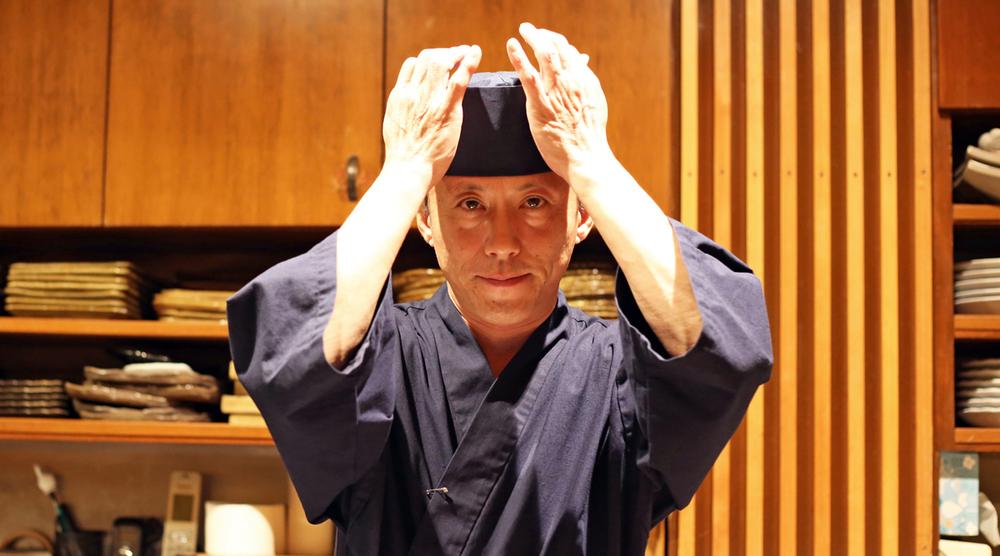
Unagi Sashimi, a Specialty of Totoichi, and Hamamatsu’s Dining Scene
“I felt it was a shame that sushi restaurants were the only choice when people wanted to eat fish, so I decided to open a place in Hamamatsu focused on quality seafood,” the owner shares…
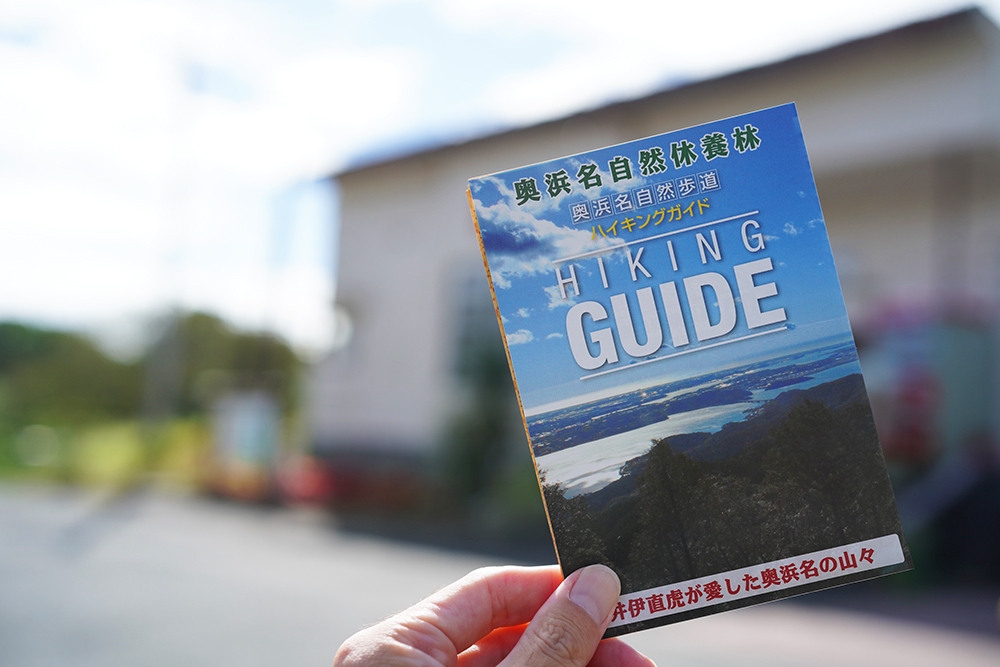
Exploring “The Sea Lake”: Hiking the Scenic Okuhamana Nature Trail
Lake Hamana is often known for marine activities—but it’s also a great spot for hiking and trail running. This time, we hit the trail to experience its quieter, more scenic side…
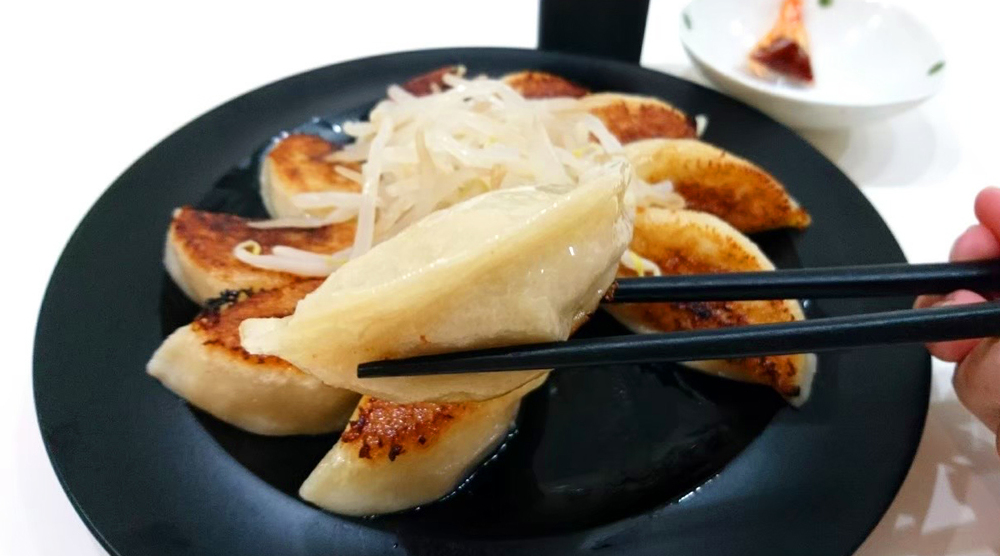
Beer & Hamamatsu Gyoza—The Perfect Pair! Here’s My Top Pick
If someone asked you, “What’s the best snack with beer?”—what would you say? There are lots of tasty options, but let’s not forget gyoza! Here’s our report on a HAMANA Jennu’s favorite gyoza pick…

